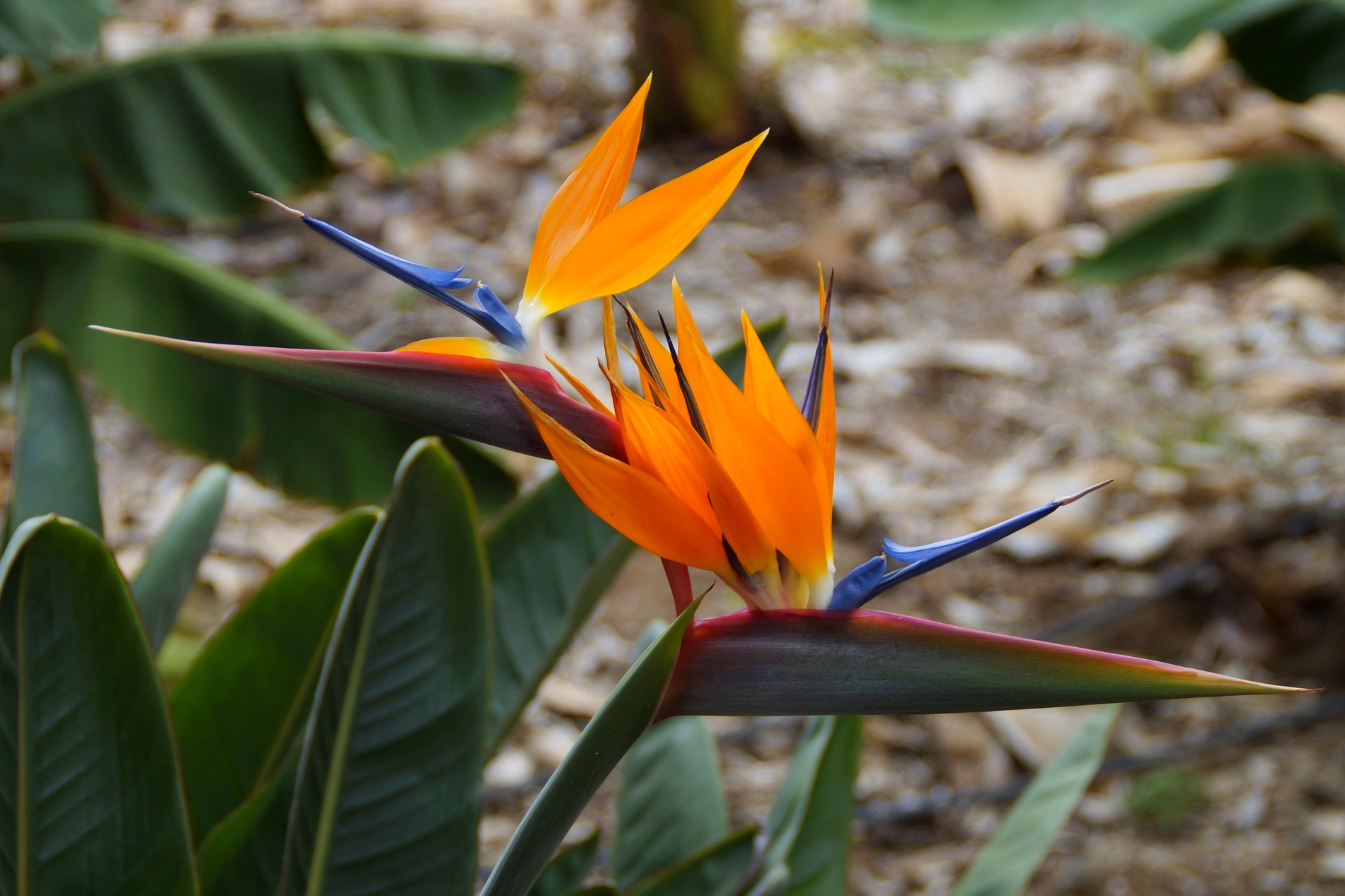
Planting, Growing, and Caring for Bird of Paradise Plants
The Almanac Garden Planner - Use It Free for 7 Days!
Plan your 2025 garden with our award-winning Garden Planner.
Types
- Orange Bird of Paradise (Strelitzia reginae) is the most recognizable type of Bird of Paradise. Each flower has 3 orange sepals and 3 blue petals.
- The variety ‘Mandelas’s Gold’ has yellow sepals and blue petals.
- Juncea Bird of Paradise (S. reginae var. juncea) is a variety of the orange Bird of Paradise. It produces smaller flower and the spear-like leaves grow from the base at the soil line. The flowers appear on a stalk, as they do on the orange Bird of Paradise.
- White Bird of Paradise (S. nicolaiis) is an enormous species that’s often used as a landscape plant in tropical climates. It may reach heights of up to 30 feet! As its name suggests, this species produces a lovely white flower highlighted with dark blue.
ADVERTISEMENT
I discovered a BOP growing in my shrub. Roots exposed and a flower. Can I pull it out and plant it?
Yes, you can transplant bird of paradise! Just be careful while digging around the plant and try not to damage the roots too much.
Does BOP need to be post bound to Bloom? Mine is about 3 years and has never bloomed.
Bird of paradise doesn’t need to be pot bound, but some folks report that it flowers more readily when its roots are a bit restricted. The main reason why bird of paradise don’t bloom is insufficient lighting. They need to be exposed to bright light year round in order to produce flowers.
I have had a bird of paradise for several years and have yet to see a flower. I am in NC so keep it in the greenhouse in the winter and out in the summer. What is my problem?
maybe the soil lacks a certain nutrient needed for the Bird Paradise flower~











